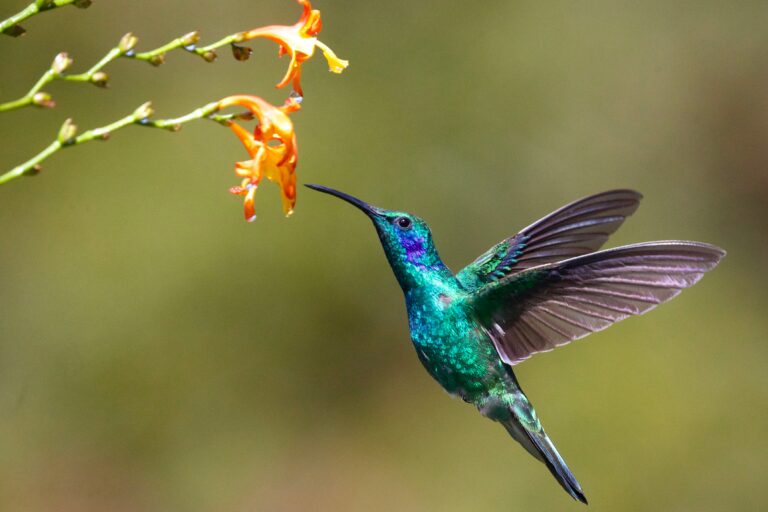Project Description
In the high Andes of northern South America, the treeline of elfin forests rises to about 3,000 m above sea level, transitioning into wet open ecosystems known as páramos. These ecosystems are a hotspot for biodiversity on Earth, with high endemism due to their geological and evolutionary history (60% of the >3,400 páramo plant species are endemic). Páramos are globally important for their vital role in carbon sequestration and their provision of water at regional and continental scales (for example, >85% of Colombia and Ecuador’s drinking water comes from páramos). High-Andean ecosystems have been at risk ever since prehispanic and colonial cities were built in the mountains to benefit from fertile lands and benevolent climates. Currently, connectivity between high-mountain ecosystems is low, land encroachment and degradation still continue as a result of mining, expansion of agricultural frontiers and damming. We have recently formed an international consortium of scientists to increase research activity focused of this vulnerable ecosystem (https://caminosnetwork.wixsite.com/caminos ). The student will be an active part of this consortium.
In this project, we will focus on a major, but poorly understood, element of this, and other, ecosystems the flower – flower visitor – microbiome system: how interactions between different flower-visitors define the flower – flower visitor network, and what the consequences of this visitation network are for flower fitness and for spatio-temporal floral microbiome dynamics. The floral microbiome has recently become recognised as key for the ecology and evolution of flower-pollination systems. Flower piercing birds (flowerpiercers, Diglossa spp.) are a fascinating, but understudied system component. They are typically considered nectar thieves as they pierce directly into nectaries (although observations of pollen on individuals suggests they may pollinate some plant species). Additionally, once a flowerpiercer has made a hole, other flower visitors (insects and hummingbirds) can utilise it to gain direct access to nectaries and in these instances, they become robbers too. This project will develop new approaches integrating automated camera-traps with Machine Learning (we propose using the incredibly promising brand new Segment Anything | Meta AI (segment-anything.com)) to collect the data to build the first temporally-explicit interaction network for flowers, hummingbirds, flowerpiercers and insects. Subsequently, will use experimental manipulations to systematically exclude different forms of flower visitation (including flower piercing) to assess the impact of different visitation dynamics on plant fitness and the development of the floral microbiome. With these microbiome data we will test test three non-mutually exclusive hypotheses explaining the development of the microbial assemblage within flowers. Finally, we will develop a complex systems model of this complex tripartite network that involvess mutualism, antagonism and conditional antagonism to ask how different metrics of system stability is impacted by the different forms of interactions and to assess how changes in the system (e.g. loss of species) will impact resilience.
The project will provide a student with an unusual skill set, combining multidisciplinary approaches from biosciences and interdisciplinarity with computer science and mathematics. They will benefit from strong supervisory expertise in pollination ecology, microbial ecology, AI and ML, ecological and mathematical modelling.
CANDIDATE BACKGROUND
Essential: Interest in ecology.
Desirable: Experience in field work; Experience in ecological modelling, computer programming or mathematical modelling.
Photo by James Wainscoat on Unsplash
Supervisors
Justin TravisPrimary Supervisor: | Profile: Justin Travis Email: Justin.travis@abdn.ac.uk Institution: University of Aberdeen Department/School: School of Biological Sciences |
Isabella CapelliniSecondary Supervisor: | Profile: Isabella Capellini Email: I.Capellini@qub.ac.uk Institution: Queen's University, Belfast Department/School: School of Biological Sciences |
Cécile Gubry-RanginAdditional Supervisor: | Profile: Cécile Gubry-Rangin Email: c.rangin@abdn.ac.uk Institution: University of Aberdeen Department/School: School of Biological Sciences |
Fabio ManfrediniAdditional Supervisor: | Profile: Fabio Manfredini Email: fabio.manfredini@abdn.ac.uk Institution: University of Aberdeen Department/School: School of Biological Sciences |
Additional Supervisor: | Dr Francisco Perez-Reche, University of Aberdeen, NCS Email: fperez-reche@abdn.ac.uk Prof Tia-Lynn Ashman, University of Pittsburgh Email: tia1@pitt.edu Prof Georgios Leontidis, University of Aberdeen, NCS |
References
Vanette, 2020. The Floral Microbiome: Plant, Pollinator, and Microbial Perspectives. https://www.annualreviews.org/doi/abs/10.1146/annurev-ecolsys-011720-013401
Garcia et al. 2019: Unveiling dimensions of stability in complex ecological networks. https://www.pnas.org/doi/epdf/10.1073/pnas.1904470116
Krillov et al. 2023: Segment Anything. https://arxiv.org/abs/2304.02643
[this is brand new – just published 4/4/23 and is gaining substantial attention in AI/ML field]
QUADRAT Themes
- biodiversity
Partners
To be confirmed






















































